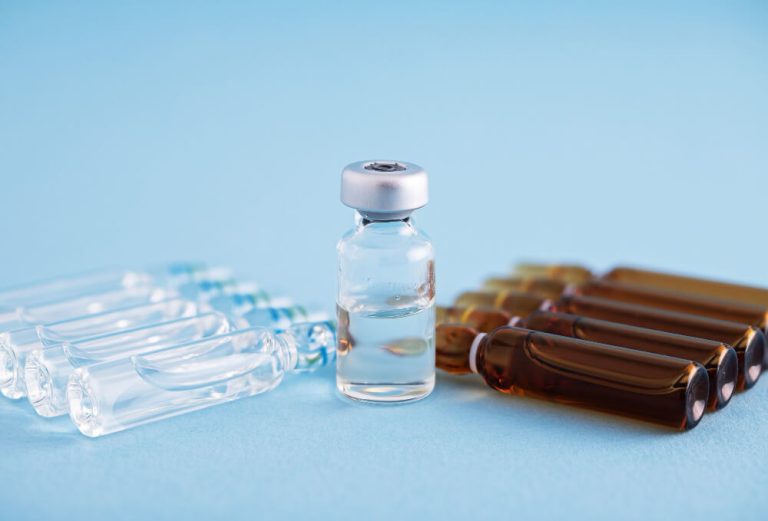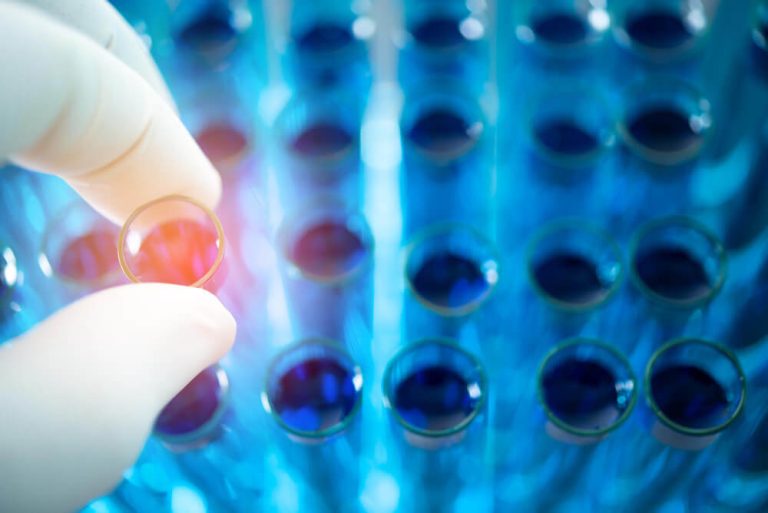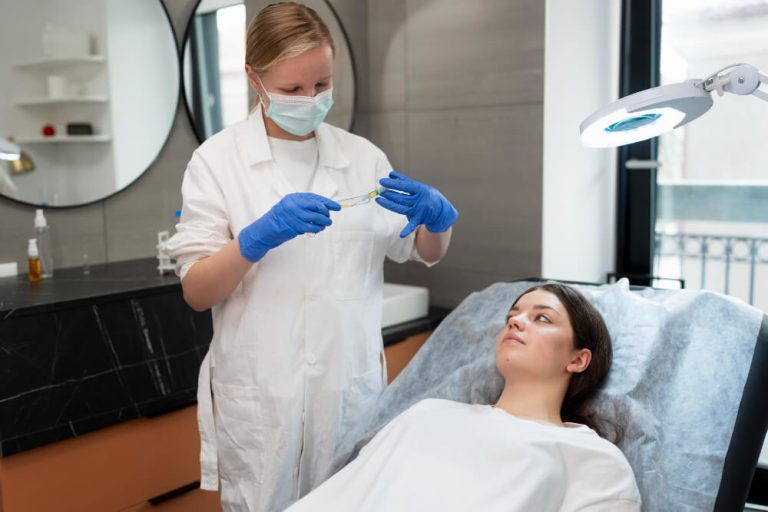Unlocking Cellular Vitality: A Comprehensive Guide to NAD Training
In the relentless pursuit of health and longevity, a single molecule has captured the attention of scientists, wellness enthusiasts, and medical professionals alike. This tiny but mighty compound plays a central role in how our bodies produce energy, repair damage, and ultimately, how we age. We are talking about Nicotinamide Adenine Dinucleotide, or NAD+.
Understanding and optimizing this molecule is the cornerstone of a revolutionary approach to wellness. It’s a field that moves beyond simply reacting to symptoms and towards proactively enhancing our cellular health from the inside out. For those looking to master this cutting-edge science, a deep dive through comprehensive NAD training is the essential first step in understanding its profound potential.
This guide will walk you through everything you need to know about NAD+. We will explore what it is, why it’s so critical for your health, why its levels decline, and most importantly, what you can do about it. This is your introduction to the world of cellular rejuvenation and the power of NAD+.

What Exactly is NAD+?
Imagine your body is a bustling city with trillions of tiny factories, your cells. For these factories to operate, they need a constant source of power and a diligent maintenance crew. NAD+ is a fundamental part of both of these critical teams.
Scientifically, NAD+ is a coenzyme found in every living cell. A coenzyme is a ‘helper molecule’ that binds to enzymes to help them do their jobs. Without coenzymes like NAD+, many essential biological processes would grind to a halt.
Think of it like the electricity powering the city. Without it, the lights go out, production stops, and communication fails. In our bodies, NAD+ is the bio-electrical charge that makes everything else possible.
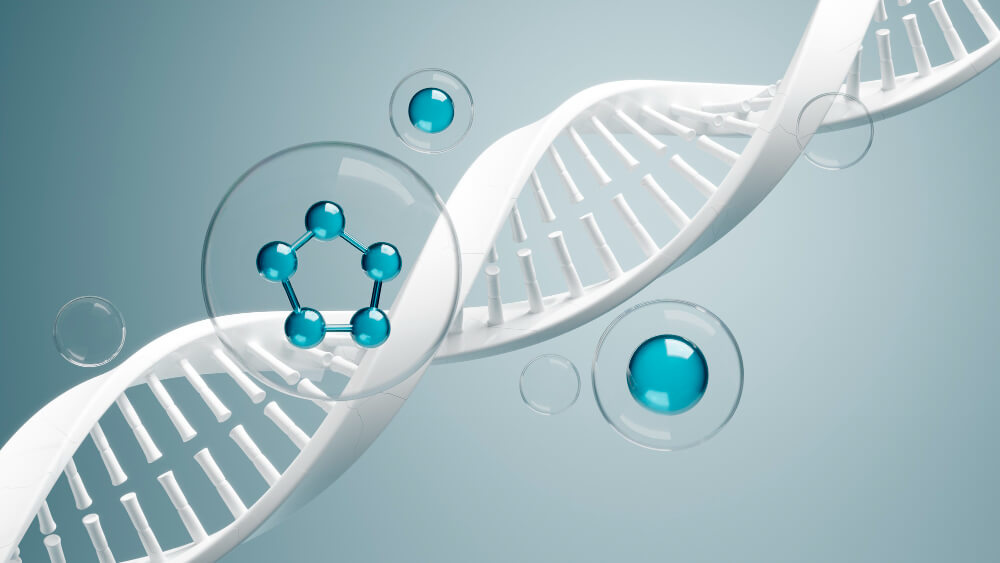
Why is NAD+ So Important for Our Bodies?
Its importance cannot be overstated, as it’s involved in hundreds of metabolic processes. Its primary roles, however, are what make it a superstar in the conversation about health and aging.
First and foremost, NAD+ is a linchpin in energy production. It is essential for metabolizing carbohydrates, fats, and proteins into cellular energy, known as ATP (adenosine triphosphate). Every beat of your heart, every thought you have, and every step you take is powered by ATP, and NAD+ is required to create it.
Beyond energy, NAD+ is a crucial activator for a special class of proteins called sirtuins. Often dubbed ‘longevity genes’, sirtuins are guardians of our cellular health. They help regulate inflammation, protect our DNA from damage, and maintain the stability of our chromosomes.
Sirtuins can only perform these vital protective functions when NAD+ is available to switch them on. Therefore, adequate NAD+ levels are directly linked to robust cellular defense and repair mechanisms, which are the hallmarks of youthful biology.
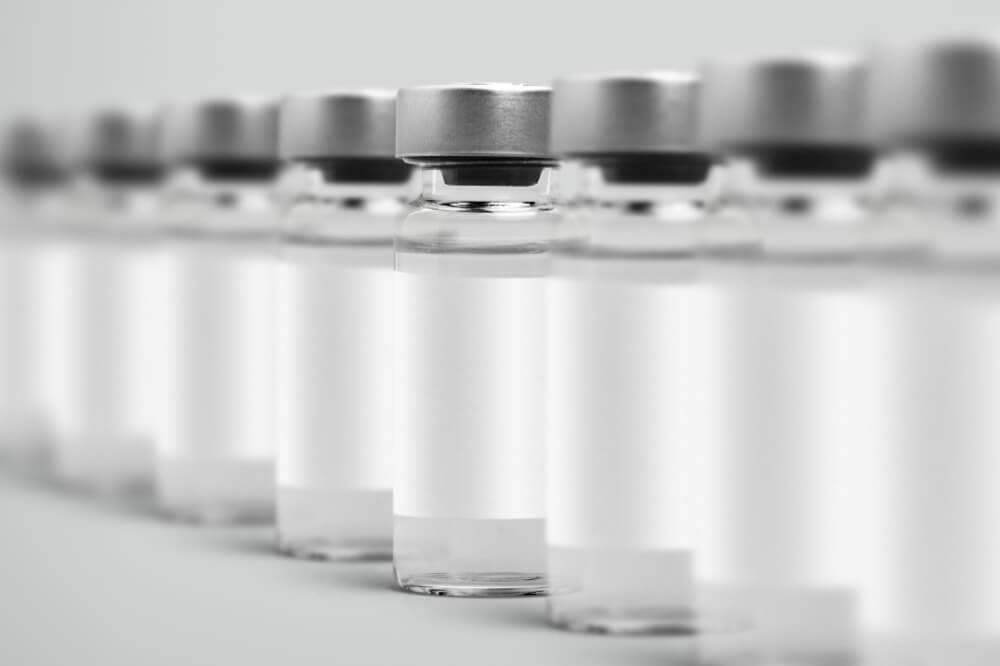
What Happens as Our NAD+ Levels Decline?
One of the unfortunate realities of aging is that our natural levels of NAD+ begin a steady decline. Studies suggest that by middle age, our NAD+ levels may be half of what they were in our youth. This decline is not just a number on a chart; it has real-world consequences for how we feel and function.
As NAD+ availability dwindles, cellular energy production becomes less efficient. This can manifest as persistent fatigue, reduced physical stamina, and a general feeling of being ‘run down’. The spark that once powered our cellular factories begins to dim.
Simultaneously, the decrease in NAD+ means our sirtuin-driven repair and maintenance crews are understaffed. DNA damage can accumulate more easily, cellular communication can become faulty, and inflammatory processes may go unchecked. This cellular breakdown contributes to many of the classic signs of aging, from cognitive fog and slower recovery times to the visible changes in our skin and body composition.
This natural decline can be accelerated by lifestyle factors. Chronic stress, excessive sun exposure, poor dietary choices, and inadequate sleep all place a heavy demand on our NAD+ supply, depleting our reserves even faster.

Could Boosting NAD+ Reverse These Effects?
The exciting frontier of longevity science is centered on this very question. If declining NAD+ contributes to aging, can restoring it help turn back the clock on a cellular level? The growing body of research suggests that the answer is a promising ‘yes’.
The idea is to move from a state of managing decline to one of proactive restoration. By replenishing the body’s pool of NAD+, we can potentially re-energize our cells, enhance our natural repair mechanisms, and support overall vitality. This isn’t about finding a mythical fountain of youth, but about supporting the biological systems that maintain our healthspan, the period of our lives spent in good health.
This approach is gaining significant traction as more people seek ways to not just live longer, but to live better and with more vitality. It represents a paradigm shift in how we view the aging process itself, from an inevitable decline to a biological process that can be influenced and optimized.

How Can We Increase Our NAD+ Levels?
Fortunately, there are several effective strategies for boosting NAD+ levels, ranging from lifestyle adjustments to advanced therapeutic interventions. The most comprehensive approach often involves a combination of methods tailored to an individual’s needs and health goals.
Simple lifestyle changes can provide a foundational boost. Regular exercise, particularly high-intensity interval training, has been shown to stimulate NAD+ production. Similarly, caloric restriction and intermittent fasting can activate pathways that conserve and recycle NAD+, enhancing its availability.
While these are beneficial habits for overall health, many people turn to more direct methods to achieve a more significant and targeted increase in their NAD+ levels. These methods primarily fall into two categories: precursor supplementation and intravenous therapy.

What Are NAD+ Precursors?
Our bodies don’t just absorb NAD+ directly from food. Instead, they use specific building blocks, or ‘precursors’, to synthesize it. The most well-researched and popular precursors are forms of Vitamin B3, including Nicotinamide Mononucleotide (NMN) and Nicotinamide Riboside (NR).
When you ingest these precursors as oral supplements, they enter your cells and are converted into NAD+ through a series of enzymatic steps. This provides your body with the raw materials it needs to replenish its own NAD+ supply. It’s like delivering a shipment of fresh lumber to a construction site so the workers can get back to building and repairing.
These supplements have become widely available and are a popular entry point for people looking to support their cellular health. The science behind how the body utilizes Nicotinamide Mononucleotide or NMN is particularly fascinating, as it represents a key step in the NAD+ synthesis pathway. However, the supplement market can be confusing, which is why understanding how to go about vetting nutraceuticals and supplements for clinical use is critical for both consumers and practitioners to ensure safety and efficacy.

What is Intravenous NAD+ Therapy?
For a more direct and potent approach, many individuals and clinics turn to intravenous (IV) NAD+ therapy. This method bypasses the digestive system entirely, delivering the NAD+ coenzyme directly into the bloodstream. This ensures 100% bioavailability, meaning the full dose is immediately available for your cells to use.
IV NAD+ therapy is typically administered as a slow drip over several hours. This controlled infusion allows the body to absorb and utilize the coenzyme efficiently. It is often described by recipients as providing a powerful sense of mental clarity, heightened focus, and a significant boost in energy levels that can last for days or weeks.
This method is particularly favored for addressing more significant states of NAD+ depletion. It’s used in clinical settings for anti-aging protocols, to support recovery from chronic fatigue, to enhance athletic performance, and as an adjunctive therapy in addiction recovery programs to help reduce cravings and support neurological repair. Given its potent nature, learning the protocols for administering intravenous NAD+ safely is a non-negotiable requirement for any practitioner offering this advanced therapy.
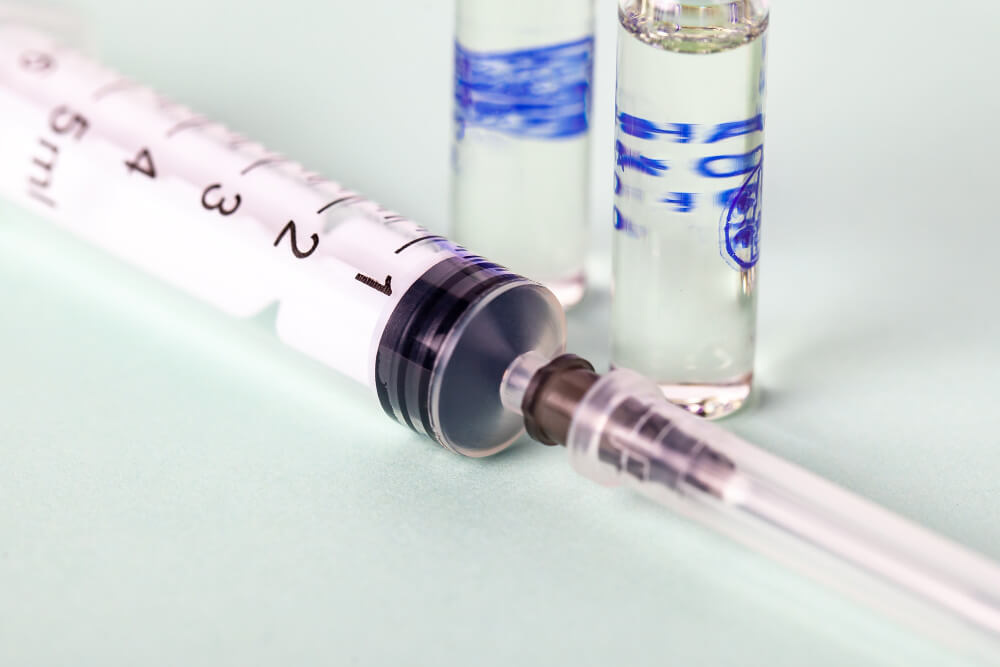
Is There Scientific Evidence for NAD+ Therapy?
While personal anecdotes are compelling, the scientific community is building a robust foundation of research to support the benefits of NAD+ optimization. The field is rapidly evolving, with new studies consistently shedding light on the molecule’s profound impact on health and disease.
Researchers are exploring how NAD+ repletion affects various aspects of aging. A study published in Cell Metabolism demonstrated that raising NAD+ levels in older mice could improve mitochondrial function and restore aspects of their muscle vitality to that of younger animals. This type of preclinical research is paving the way for human trials.
Furthermore, organizations dedicated to aging research are taking notice. The American Federation for Aging Research has highlighted work suggesting that NAD+ could be key to healthy aging, pointing to its role in maintaining cellular health and resilience. The scientific consensus is growing: NAD+ is a major player in the biology of aging.
Additional research highlighted in the journal Nature discusses the therapeutic potential of targeting NAD+ metabolism for a range of age-related conditions. As this body of work expands, so too does the emerging evidence for NAD+ therapy in clinical practice, giving clinicians more confidence in incorporating these protocols into their patient care strategies.
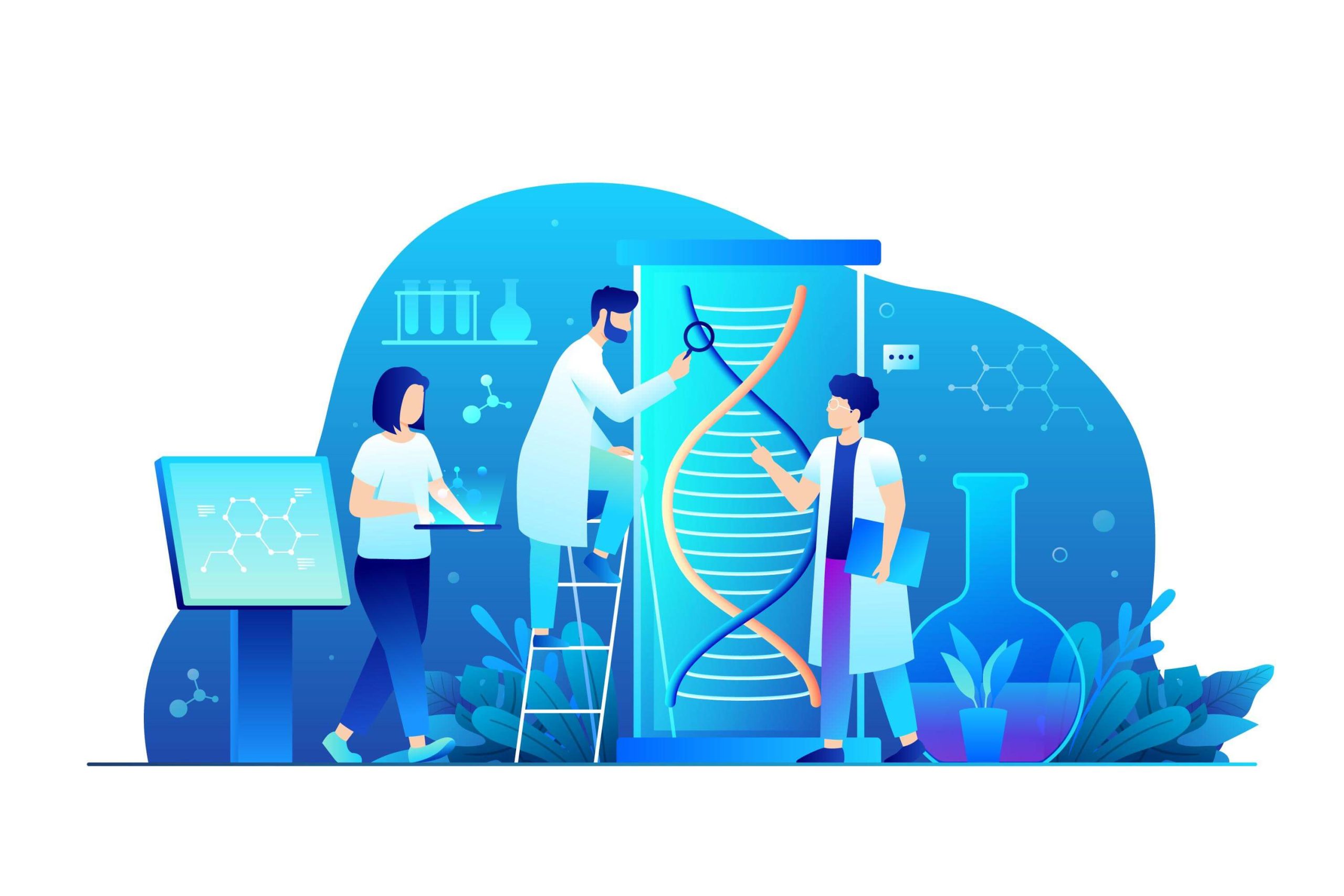
What Does NAD Training Involve?
The term ‘NAD Training’ goes beyond simply taking a supplement or scheduling an IV drip. It represents a holistic and educated approach to optimizing your NAD+ levels for the long term. It’s about understanding the science, your own unique biology, and the different tools available to create a personalized and sustainable strategy.
True NAD training involves several key components. It starts with education: learning the why behind NAD+ and the how of its various replenishment strategies. It means understanding the pros and cons of precursors versus IV therapy and which might be more suitable for specific goals.
A crucial part of this process is personalization. There is no one-size-fits-all protocol. An effective strategy considers an individual’s age, lifestyle, health status, and specific objectives. For some, a low-dose oral precursor might be sufficient for maintenance, while others might benefit from an initial series of IV infusions to quickly restore depleted levels, followed by a maintenance plan.
Finally, NAD training integrates supportive lifestyle factors. It acknowledges that no therapy works in a vacuum. A successful NAD+ optimization plan must include a healthy diet, regular physical activity, stress management, and adequate sleep. These habits work synergistically with direct NAD+ therapies to protect your investment in your cellular health.
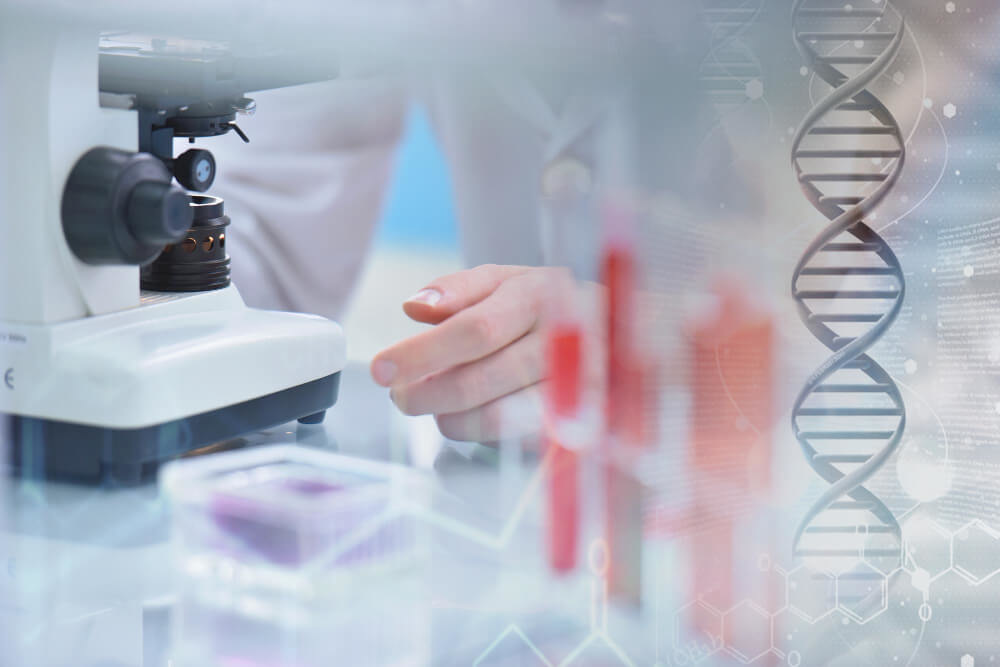
Who Can Benefit from NAD Training?
The audience for NAD+ optimization is broad and diverse, as cellular health is fundamental to everyone. However, certain groups may find the benefits particularly impactful.
Individuals in their 40s and beyond who are beginning to feel the subtle shifts of aging, such as lower energy and mental fog, are prime candidates. For this group, NAD training can be a powerful proactive tool to maintain vitality and cognitive function as they age.
Athletes and highly active individuals often turn to NAD+ to gain a competitive edge. By enhancing energy production and supporting muscle repair and recovery, NAD+ can help them train harder and bounce back faster. It’s about optimizing performance at the most fundamental, cellular level.
People struggling with chronic conditions characterized by fatigue and inflammation may also find significant relief. By addressing the underlying issue of cellular energy depletion, NAD+ therapy can provide a much-needed boost that supports the body’s overall healing capacity.
Ultimately, anyone interested in preventative health and longevity can benefit. NAD training is for the forward-thinker who wants to invest in their healthspan, ensuring their later years are as vibrant and active as possible.

Why is Professional Guidance Important?
Navigating the world of NAD+ can be complex. The internet is filled with conflicting information, and the quality of supplements and IV therapy providers can vary dramatically. This is why professional guidance is not just helpful; it’s essential for a safe and effective experience.
A trained professional or a well-informed clinic can help you cut through the noise. They can help assess your individual needs, potentially using functional testing to get a baseline of your cellular health. They understand the nuances of different delivery methods, dosages, and treatment frequencies.
Most importantly, they can ensure safety. A qualified provider will source high-quality products and administer therapies according to established best practices. They can help you create a comprehensive plan that integrates NAD+ optimization with other aspects of your health, creating a truly personalized and powerful wellness strategy.
Embarking on your NAD+ journey is an investment in your most valuable asset: your health. By approaching it with knowledge, intention, and expert guidance, you can unlock the incredible potential of this vital molecule to rejuvenate your body from the cell up, paving the way for a longer, healthier, and more vibrant life.
Frequently Asked Questions

How does the competition for NAD+ between sirtuins and PARPs impact cellular health and aging?
Sirtuins and PARPs both critically depend on nicotinamide adenine dinucleotide (NAD+) as a co-substrate to perform their distinct functions. PARPs are primarily activated in response to DNA damage, consuming significant amounts of NAD+ to fuel the DNA repair process. This creates a direct competition for the finite cellular pool of NAD+, which sirtuins require for their roles in metabolic regulation, mitochondrial function, and chromatin silencing.
When chronic DNA damage leads to PARP hyperactivation, the resulting depletion of NAD+ effectively starves sirtuins of their necessary fuel. This impairment of sirtuin activity contributes directly to hallmarks of aging, including mitochondrial dysfunction and a decline in metabolic homeostasis. This dynamic illustrates how an acute survival mechanism (DNA repair via PARPs) can, over time, compromise the long-term maintenance and longevity pathways governed by sirtuins.
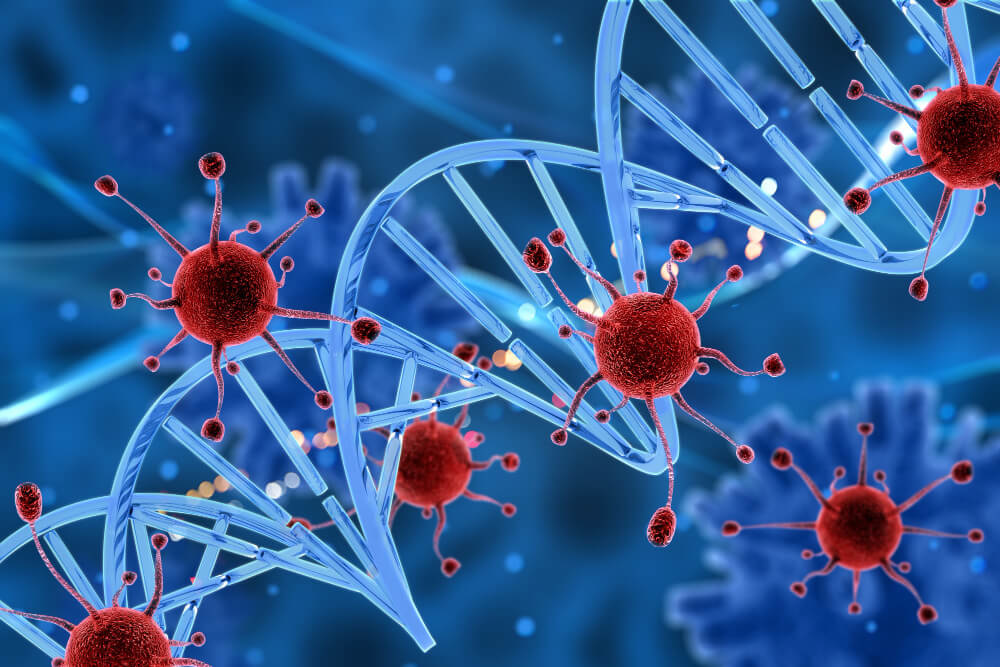
What are the primary clinical applications currently being explored for sirtuin activators and PARP inhibitors?
PARP inhibitors are already an established and successful class of drugs in clinical oncology, particularly for cancers with deficiencies in other DNA repair pathways, such as those with BRCA1 or BRCA2 mutations. By blocking PARP-mediated repair, these inhibitors induce synthetic lethality in cancer cells, making them unable to survive DNA damage that healthy cells can tolerate. In contrast, sirtuin activators are primarily in earlier stages of clinical investigation for a range of age-related metabolic diseases.
The therapeutic goal for sirtuin activators is to combat conditions like type 2 diabetes, cardiovascular disease, and non-alcoholic fatty liver disease by enhancing mitochondrial function and improving metabolic efficiency. While promising, these agents are still largely considered experimental, with ongoing research focused on establishing their long-term safety and efficacy in human populations. Their development represents a shift from treating specific disease symptoms to targeting fundamental mechanisms of cellular aging.

Beyond direct pharmacological intervention, what lifestyle strategies can physicians recommend to support healthy sirtuin and PARP function?
Physicians can advise patients on powerful lifestyle modifications that naturally modulate these pathways by influencing NAD+ availability. Caloric restriction and intermittent fasting are potent strategies that increase the cellular NAD+/NADH ratio, which robustly activates sirtuins to promote metabolic health and stress resistance. A diet rich in sirtuin-activating compounds (STACs), such as resveratrol from grapes and pterostilbene from blueberries, may also offer supportive benefits.
Furthermore, regular physical exercise is a cornerstone for supporting this system, as it has been shown to increase NAD+ biosynthesis and enhance sirtuin activity. To reduce the burden on PARPs, it is crucial to recommend minimizing exposure to sources of DNA damage. This includes counseling on UV protection, smoking cessation, and avoiding known environmental toxins, thereby preserving the cellular NAD+ pool for sirtuin-mediated longevity and maintenance functions.
Discover the most comprehensive functional medicine training, longevity training, and biohacking certification programs designed specifically for healthcare professionals, medics, and clinic owners who want to master regenerative medicine protocols and anti-aging therapies.


